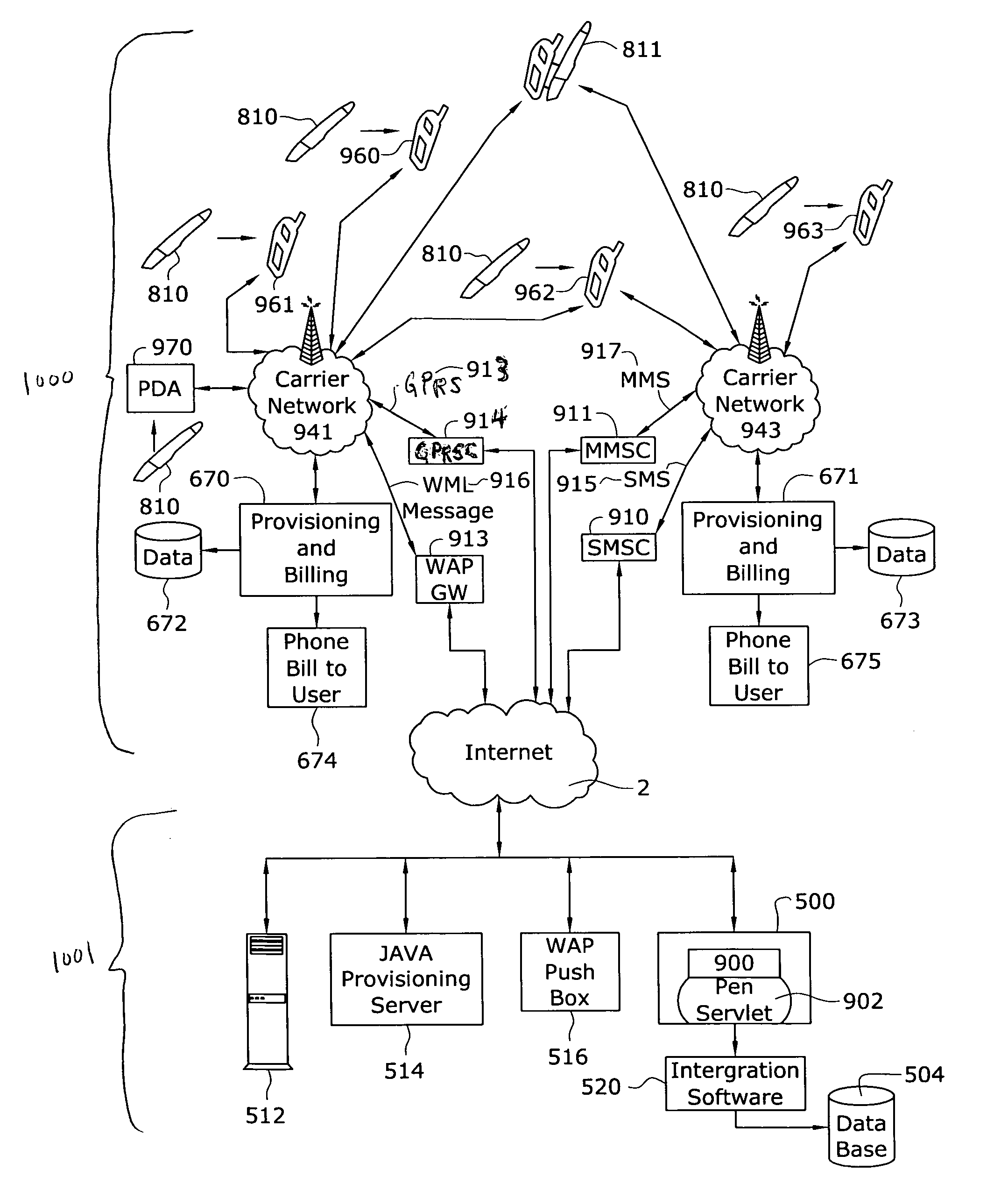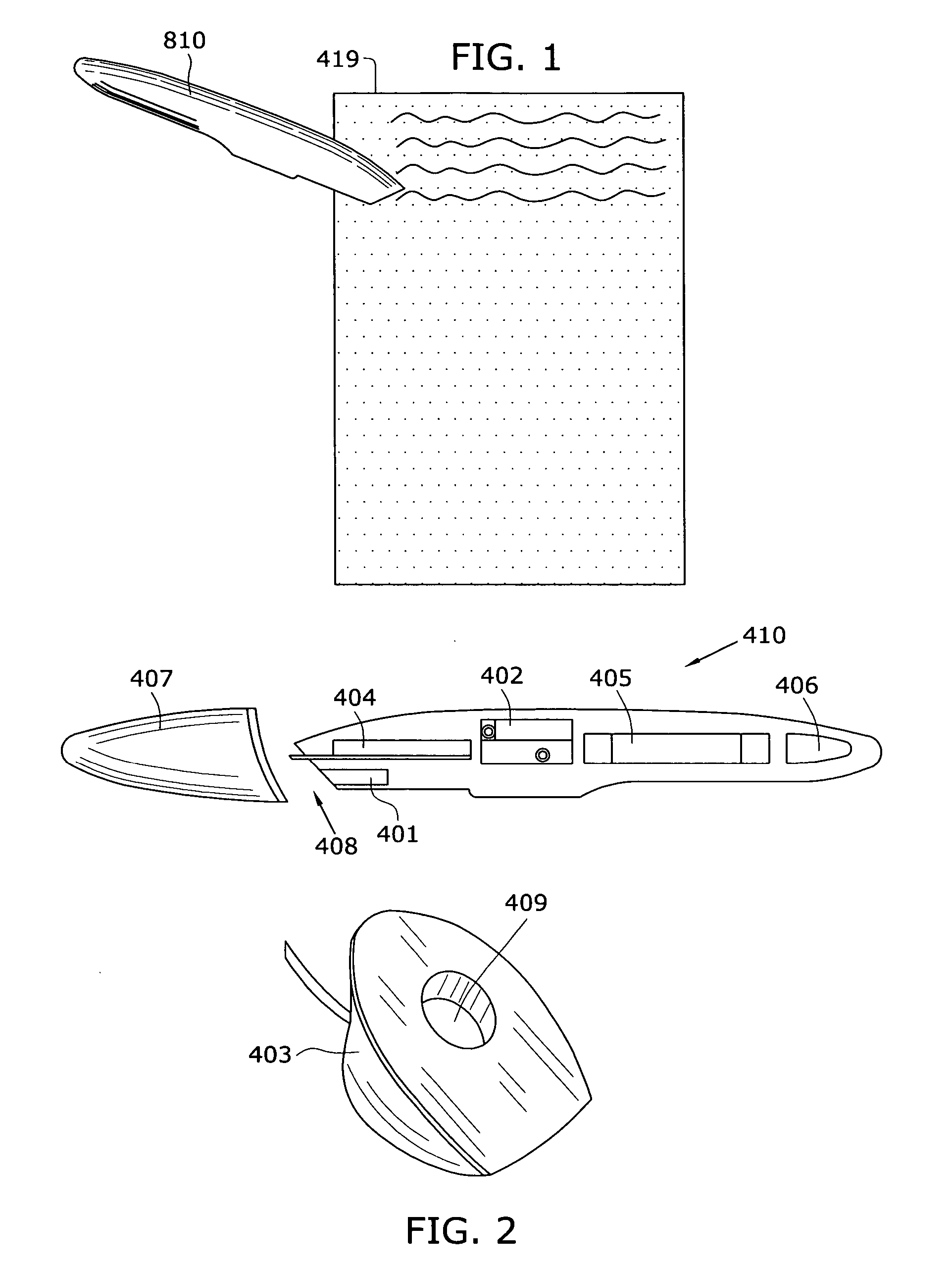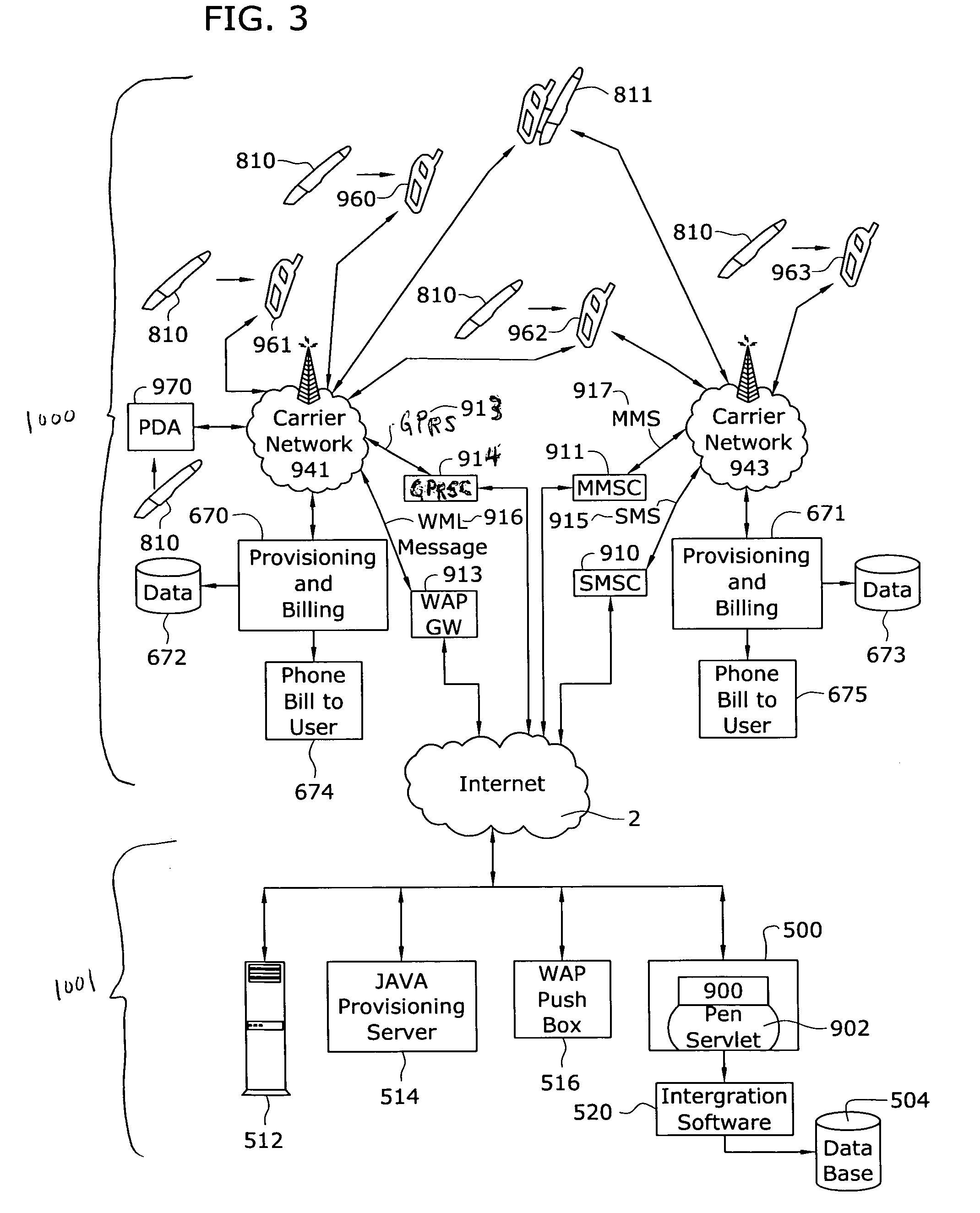Healthcare administration transaction method and system for the same
a technology of health care and transaction method, applied in the field of health care transaction method and system, can solve the problems of increasing office operating and overhead costs, significant time delays, and increasing the difficulty and cost of providing medical care to patients within the matrix, and achieve the effect of reducing potential fraud
- Summary
- Abstract
- Description
- Claims
- Application Information
AI Technical Summary
Benefits of technology
Problems solved by technology
Method used
Image
Examples
Embodiment Construction
[0059] As illustrated in the accompanying drawings and discussed in detail below, one aspect of the present invention is directed to a healthcare transaction method that automates the financial transactions and administrative processes associated with patient care. This aspect provides a system that automates the collection and transmission of key reimbursement transaction and encounter data quickly and efficiently, between mobile healthcare providers and any one of the following: provider record-keeping systems, payers, pharmacies, pharmaceutical or device companies, and third-party advertisers. It integrates the creation, gathering, centralization, and processing of such data, in many cases almost instantaneously. It further creates dual soft and hard copy records and reduces the incidence of fraud such as the forging of prescriptions.
[0060] In one embodiment this aspect comprise a wireless system and a static system. The wireless system uses a digital pen to create, collect and ...
PUM
 Login to View More
Login to View More Abstract
Description
Claims
Application Information
 Login to View More
Login to View More - R&D
- Intellectual Property
- Life Sciences
- Materials
- Tech Scout
- Unparalleled Data Quality
- Higher Quality Content
- 60% Fewer Hallucinations
Browse by: Latest US Patents, China's latest patents, Technical Efficacy Thesaurus, Application Domain, Technology Topic, Popular Technical Reports.
© 2025 PatSnap. All rights reserved.Legal|Privacy policy|Modern Slavery Act Transparency Statement|Sitemap|About US| Contact US: help@patsnap.com



